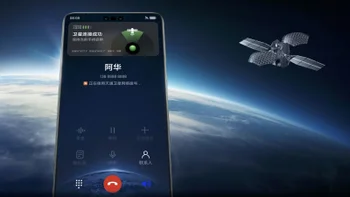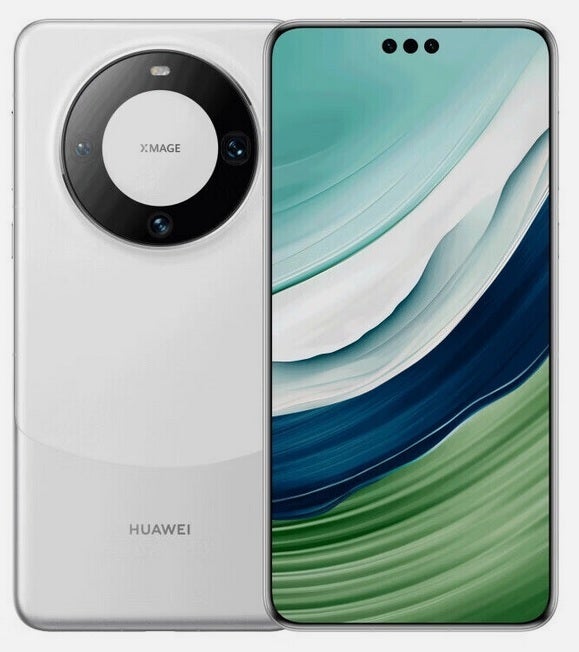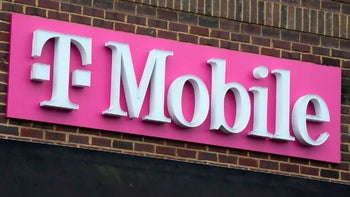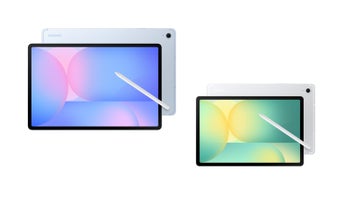Huawei has a problem; it can't meet the heavy demand for the 5G Mate 60 line

Huawei has a new problem and this time it isn't a new sanction being placed on the firm by the U.S. According to The South China Morning Post, the new issue is that the company can't meet demand for its Mate 60 series which was announced at the end of August. The new handsets stunned the tech world because they are the first models from Huawei to be powered by the company's own 5G Kirin chips since 2020's Mate 40 line. Since then, U.S. export rules have prevented foundries using American tech to produce chips from shipping cutting-edge silicon to Huawei.
The mystery how SMIC was able to make the 7nm Kirin 9000s SoC remains unsolved
Huawei's Mate 50 flagship series released last year, and this year's P60 line both were equipped with the 4nm Qualcomm Snapdragon 8+ Gen 1 application processor (AP) which was tweaked not to work with 5G networks. Huawei received a license from the U.S. Commerce Department allowing it to import those chips. So when the Mate 60 line was introduced, controversy broke out over how China's largest foundry, SMIC, was able to make the 7nm Kirin 9000s chip for Huawei and it is a mystery that has yet to be solved. Before the Kirin 9000s, SMIC was limited to the production of 14nm chipsets for smartphones.

The Mate 60 Pro accounts for 60% of the Mate 60 series' sales
The latest word about the Kirin 9000s comes from Dylan Patel, chief analyst at semiconductor research firm SemiAnalysis. In a fresh report, Patel wrote that SMIC had good yields on its 7nm production line and that SMIC's 7nm process node is equivalent to the N7 (7nm) node used by TSMC. Patel also wrote a comment that U.S. lawmakers and officials might find concerning. "SMIC is, at worst, only a handful of years behind TSMC, and at most, only a few years behind Intel and Samsung, despite [US government] restrictions," the analyst said in the report.
In China, the reaction to the announcement of the Mate 60 series was electric as consumers were excited to get their hands on new 5G Huawei phones. The announcement from Huawei came less than two weeks before the unveiling of the iPhone 15 series and it is possible that the Mate 60, Mate 60 Pro, Mate 60 Pro+, and Mate 60 RS took some business in China away from the iPhone 15, iPhone 15 Plus, iPhone 15 Pro, and iPhone 15 Pro Max.
Business has been so good that Counterpoint Research senior analyst Wang Yang said, "Production capacity can’t meet demand, which is the reason Huawei is doing pre-orders." These pre-orders give Huawei time to receive more phones from its suppliers.
Huawei has offered consumers in China a subscription plan that promises delivery of their new Mate 60 series phone no more than 90 days after a pre-order is submitted. Only one unit can be ordered and the phone will be shipped on a random date within the 90 days. Promised delivery dates for Huawei Mate 60 series phones range from this month to February.
SemiAnalysis analyst Patel pointed out that the gap between supply of the Mate 60 line and demand has nothing to do with the yields achieved by SMIC with its production of the Kirin 9000s chip. Instead, he says that the demand for Huawei's first 5G phone since 2020 is the reason why the demand-supply balance is so skewed in favor of demand for the Mate 60 series. Still, demand for the Mate 60 series has not returned to pre-sanction days.
Huawei has sold 2.5 million units of the Mate 60 series according to research firm Canalys
For example, analytical firm Counterpoint Research says that within four months of its release in 2020, the Mate 40 series was rung up 2.6 million times. That was the first flagship phone sold by Huawei following its placement on the U.S. entity list blocking the manufacturer from doing business with its U.S.-based suppliers. The Mate 30 series released before the U.S. sanctions were announced sold 7.5 million units over the same time span in 2019. Counterpoint forecasts that Huawei will sell 4 million units of the Mate 60 line after four months.
Research firm Canalys says that from the end of August to November 7, Huawei sold 2.5 million Mate 60 series handsets. The Mate 60 Pro made up 60% of the line's sales said Canalys. Despite such impressive figures, Counterpoint's senior analyst Ivan Lam said, "But it’s also worth noting that the Mate 60 series continued to experience supply shortages, which prompted limited daily sales."














Things that are NOT allowed: